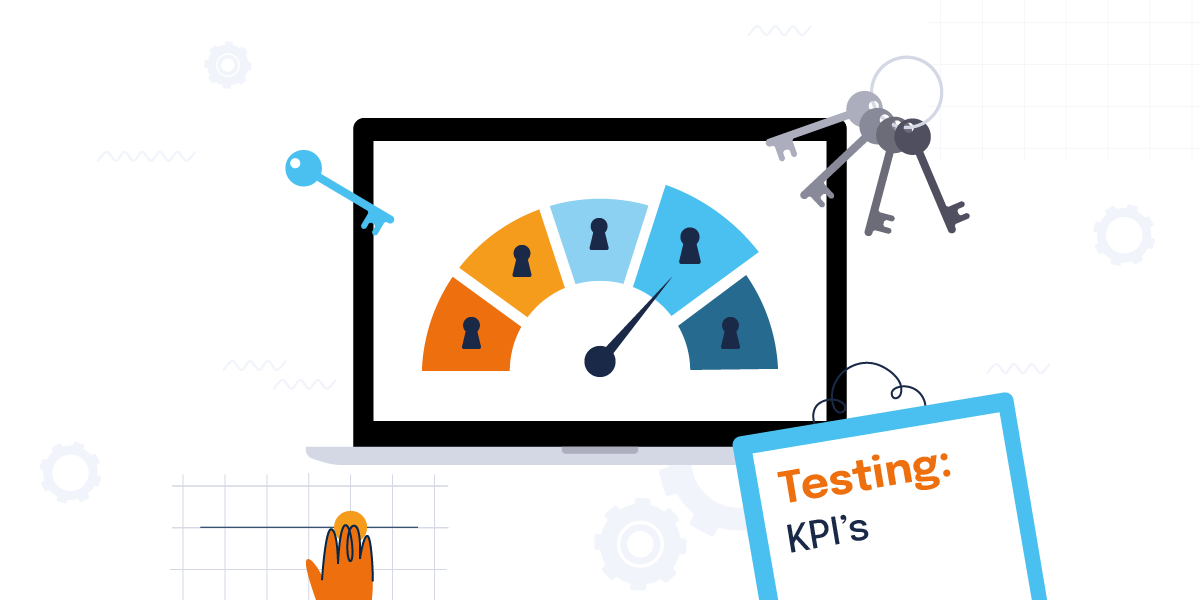Now that you understand the different types of testing, are you wondering which Key Performance Indicators (KPIs) to consider for testing? No problem! We have collected the most important KPIs and show you when it makes sense to use them to benchmark your results.
a
#1: Conversion Rate
The conversion rate is probably the metric that gets the most attention. It shows the ratio of website visitors to users who actually took an action. Every business can define what that action is. Usually it is a purchase. But it can also be a click on a desired item or other actions such as registration. You should consider conversion rate as a KPI if your primary goal is to get visitors to take a desired action.
a
#2: Conversion Value
This is a value that tells you how much you have earned from a particular action. It takes into account the total value of all completed purchases. This can help you determine which of your activities or channels are best suited to the financial success of your business.
a
#3: Click-Through Rate
The click-through rate is another very common KPI. It describes the relationship between the impressions generated by an element and the actual clicks on that element. The CTR is an important KPI for your business if you want to check the interaction of users with the respective action. For example, if you are testing a call-to-action button, the CTR can tell you how well it is being received by your users.
a
#4: Bounce Rate
The bounce rate is the number of users who visit a website but leave without interacting with it. E-commerce is particularly prone to high bounce rates, so this metric can be important to your test results. For example, a user who comes to your online shop via Google Shopping, but is not completely satisfied with the product, will most likely leave without any interaction. The bounce rate for Google Shopping listings is particularly high. If you want to test measures to prevent this, this KPI can be the right one to measure your success.
a
#5: User Value
The user value refers to the average value of goods a user converts, if each user were to make a purchase on the site. It is calculated by dividing the conversion value by the number of users. Calculating user value can be critical to the long-term success of your business and should not be ignored.
a
Conclusion: KPIs as Important Factors
The best KPI to choose depends heavily on the goals of your measurement. Of course, you can cover multiple KPIs with one test. This can even help you get a holistic view of your measurement and make informed decisions for your online shop. If you put a positive user experience at the forefront of your goals, nothing will stand in the way of your success.
a
